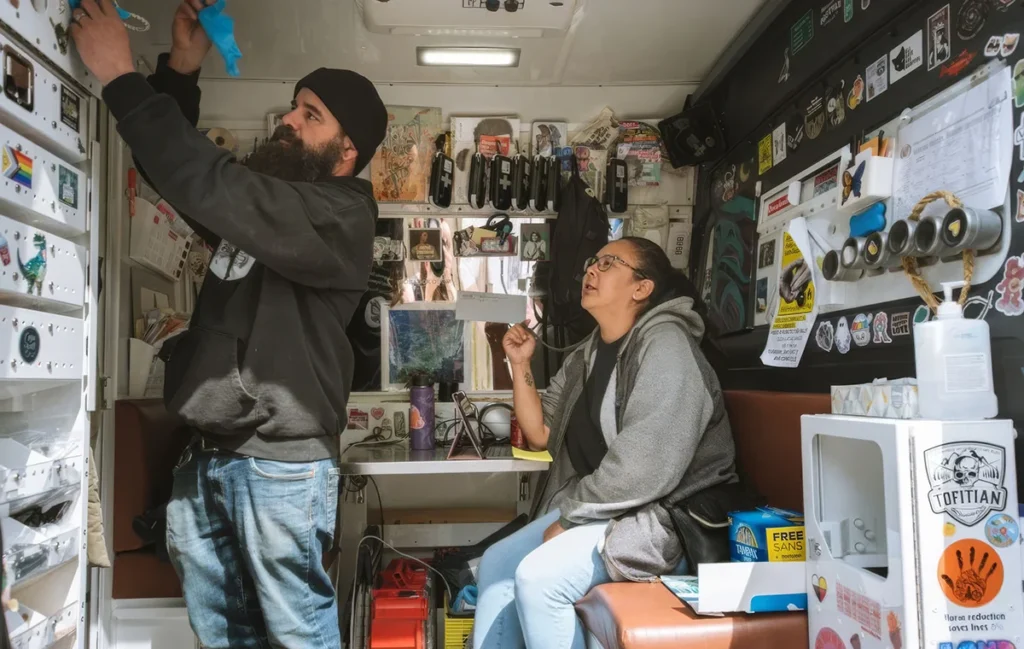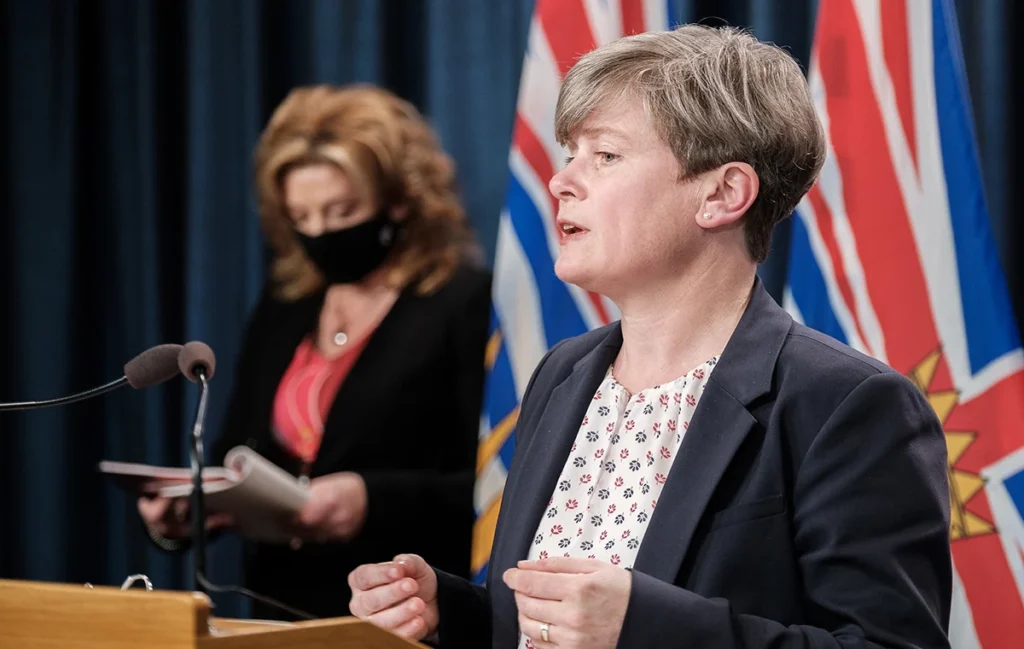British Columbia’s healthcare system is teetering on the brink of collapse, and many are wondering if the proposed solutions will ever be enough. With ER closures, an exodus of healthcare workers, and long wait times, B.C.’s residents are increasingly forced to fend for themselves, often with dire consequences. Mayor Mike Goetz of Merritt is so frustrated with the state of the healthcare system that he’s sending bills to the government for emergency room closures. The outrage is palpable, especially in rural areas like the Nicola Valley, where people are losing confidence in the system altogether.
But as we approach the provincial election, the real question is: will any of the proposed healthcare solutions actually work? Or are we just patching up a broken system with band-aids, leaving future generations to suffer?
A Reflection of Frustration
Mayor Goetz’s decision to invoice the province for over $100,000—covering 19 ER closures last year and 5 more this year—highlights a fundamental issue: taxpayers are paying for services they aren’t receiving. The Nicola Valley Hospital is emblematic of a broader crisis facing rural healthcare in B.C. When local emergency rooms are shuttered, people are forced to travel 85 kilometers to Kamloops for care. It’s not just a matter of inconvenience; it’s life-threatening.
“We’ve paid for it once, we expect 365 days of coverage, because that’s what you charged us for,” Goetz said, summing up the anger many British Columbians feel. It’s hard to argue with his logic: why should residents pay twice for a failing system?
And it’s not just the money. The ripple effects are everywhere. Firefighters, who should be focused on emergency response, are now handling medical calls because paramedics are stretched too thin. Meanwhile, urban areas like Vancouver’s Downtown Eastside (DTES) suffer from a healthcare system so strained that even basic services feel out of reach. If things are this bad now, one can only wonder what will happen if nothing changes.
A Radical Shift or the Solution We Need
It’s clear that B.C.’s healthcare system is in crisis, but the solutions on the table are wildly different depending on the party. B.C. Conservative Leader John Rustad has been unflinching in his criticism, labeling the system a failure. He’s not wrong. With nurses and doctors in short supply, and hundreds of cancer patients being sent to the U.S. for treatment, something has to give.
Rustad’s proposed solution? Expand the use of private clinics and send more patients outside the province for care. He’s also calling for compensation for healthcare workers who lost their jobs for refusing the COVID-19 vaccine. This last point is controversial, to say the least, but it strikes a chord with those who feel the government’s vaccine mandates went too far. Rustad himself has faced backlash for comments on the “so-called vaccine,” but his stance reflects a growing frustration with how the pandemic was handled.
Critics argue that outsourcing care and compensating unvaccinated workers could lead to a two-tier healthcare system, where only the wealthy can afford private treatment. But for conservatives, this isn’t about creating inequality—it’s about giving people options. Why should British Columbians suffer in a broken public system when private clinics could alleviate the burden?
Too Little, Too Late?
On the other side of the aisle, the governing NDP has rolled out a slew of promises aimed at tackling the healthcare crisis. From hiring more nurses and doctors to giving pharmacists greater authority to prescribe medications, the NDP’s strategy appears comprehensive on the surface. But there’s a catch: many of these promises won’t be fully implemented until after the election, if at all.
Health Minister Adrian Dix has pointed to the addition of 250,000 nursing hours and 831 new family doctors, but the province is still plagued by 66 emergency room closures in the Interior alone during the first half of 2024. These numbers don’t inspire much confidence, especially when many rural residents are left wondering if their local hospitals will even be open tomorrow.
The NDP has also proposed a fast-tracking system for licensing doctors, nurses, and midwives trained in Canada and abroad. However, critics argue that throwing more bodies into a broken system won’t fix the structural issues. As Dr. Rita McCracken of UBC pointed out, “We have a system made out of Scotch Tape and wet paper that we’re trying to graduate people and hire people into.” Simply put, adding more people to the mix doesn’t matter if they’re entering a system that’s fundamentally flawed.
Real Reform or Privatization in Disguise
For conservatives, the solution lies in bold reform. Instead of pouring more money into a sinking ship, why not consider market-based approaches that have worked in other parts of the world? Rustad’s plan to expand private healthcare isn’t just about relieving the pressure on public services—it’s about offering real choice to British Columbians who are fed up with the status quo.
Opponents, however, fear that privatization would lead to deeper inequalities, particularly in urban areas like Vancouver’s DTES, where access to affordable healthcare is already a challenge. Downtown Eastside Vancouver is a stark reminder that even in a wealthy province like B.C., many people are left behind. Would a shift toward private healthcare leave vulnerable communities even more isolated?
The debate is polarizing, but perhaps that’s the point. Should healthcare be a one-size-fits-all system where everyone waits in line, or should people have the freedom to seek care wherever they can afford it?
The Election Ahead: What’s at Stake?
As the October election looms, healthcare is front and center. But the question remains: who has the right solution? The Conservatives’ approach promises radical change, but at what cost? The NDP’s incrementalism may offer stability, but will it be enough to stave off the collapse of rural hospitals and emergency rooms?
Let’s not forget the voices of those on the frontlines. Nurses and doctors are burning out, and many are walking away from the profession entirely. B.C.’s Nurses’ Union President, Adriane Gear, has called for specific nurse-patient ratios, a policy the NDP has partially adopted. But even these promises seem like too little, too late for a healthcare system that’s been stretched to its limits for far too long.
And as Dr. McCracken noted, healthcare today feels like a game of “whack-a-mole” where addressing one issue only leads to another crisis popping up elsewhere. Can any government really fix the system without rebuilding it from the ground up?
Time to Rethink Healthcare
Conservatives argue that it’s time to rethink the entire system. Rustad’s platform offers an uncomfortable but perhaps necessary solution: bring in private options, outsource care if needed, and give people the freedom to choose. Yes, it’s controversial, but is it any more outrageous than pretending the current system is working?
As the healthcare crisis in British Columbia continues to deepen, it’s clear that bold action is needed—and fast. The October election is a pivotal moment for B.C. voters to decide what kind of healthcare future they want. Should we continue to fund a public system that’s struggling to meet basic demands, or is it time to embrace a new model?
Where do you stand? Is privatization a slippery slope, or is it the tough medicine B.C. needs to finally get its healthcare system back on track?
DOWNTOWNEASTSIDE.ORG is a collective author account used by several DTES contributors to discuss key issues and events in the neighbourhood. Articles under this authorship reflect diverse perspectives from those directly connected to the community. If you’d like to reach a specific contributor, please contact us via email.







Leave a Comment